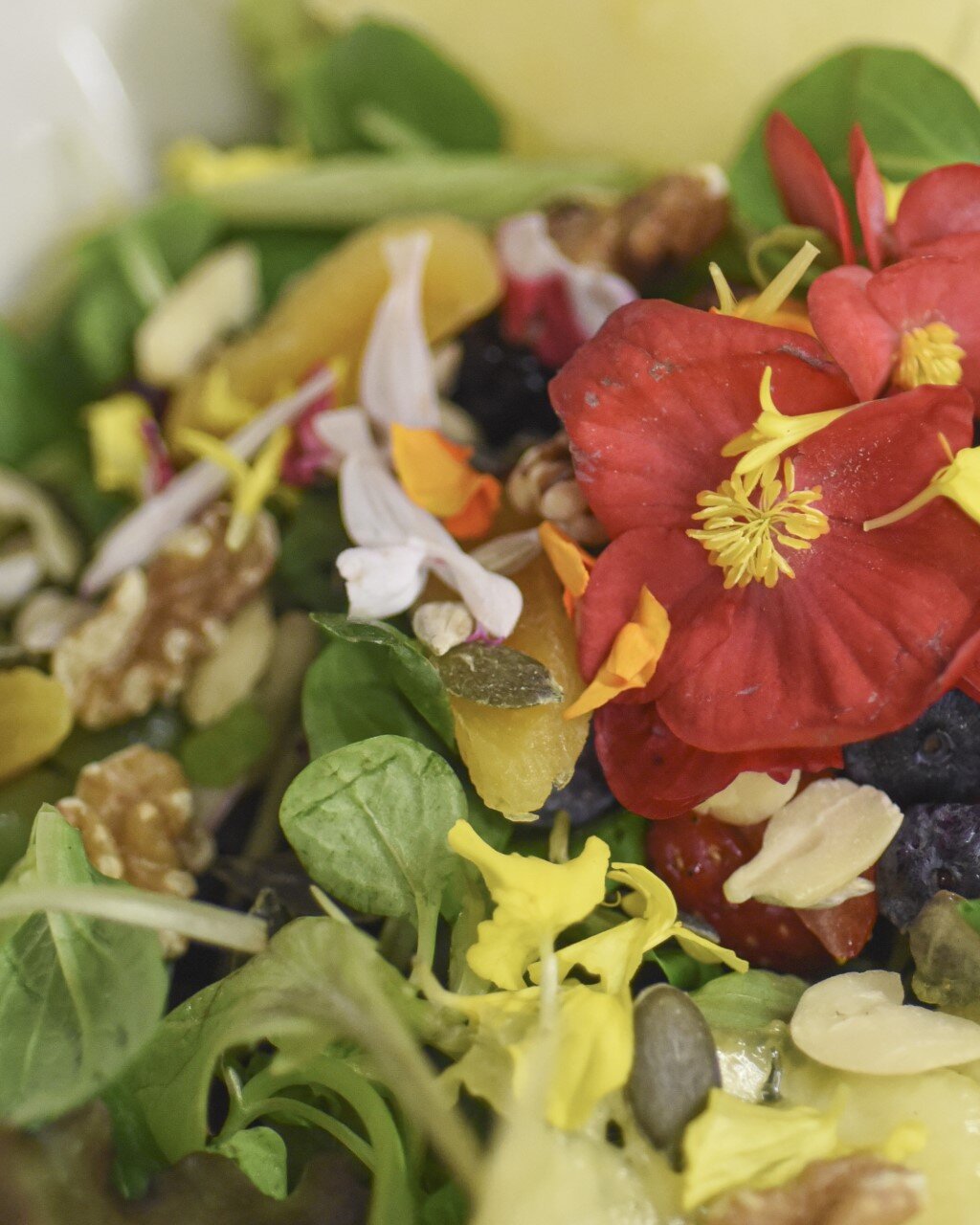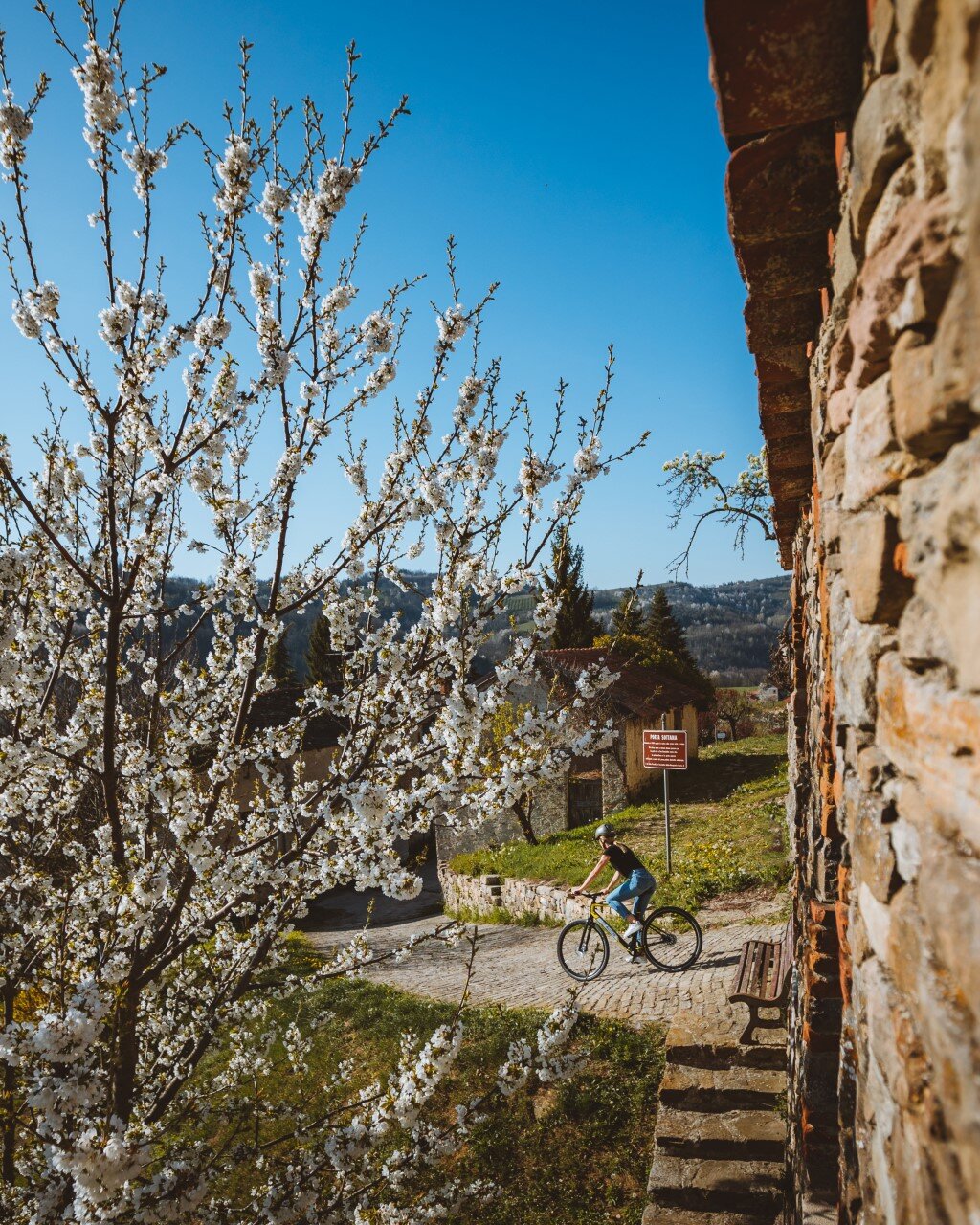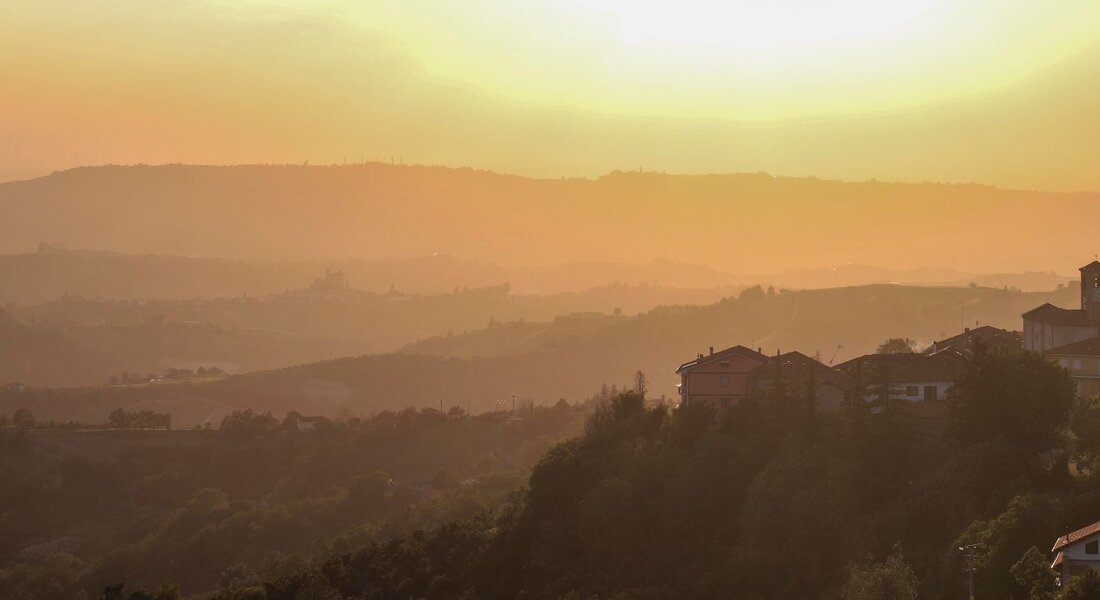Our itinerary starts in Bossolasco, a charming village with an ancient tradition of hospitality that can be seen immediately in the many thousands of roses welcoming visitors from each and every house. The parish Church retains a beautiful atmosphere inside, as does the 17th century Palazzo Balestrino, which still evokes Renaissance forms. There are many panoramic churches, including San Rocco and its southern entrance and Santa Maria Maddalena, meant to protect the tiny hamlet of Bossolaschetto, which is perched high above the Belbo river. Next comes Serravalle Langhe, with its “twin” hamlet of Villa and the Romanesque Church of San Michele Arcangelo with its Baroque façade, the hilltop village overlooking the Langa, and the former Oratory of San Michele, now embellished by David Tremlett's work, who has skilfully combined mellow colours with garish medieval frescoes.
The route continues to Lequio Berria, the village where Giovanni Pressenda, one of the last luthiers of the famous Turin school, was born. In the village there is a rare Italorussian collection of soft pastel works which today hosts over a hundred paintings. The pylons of the ruins of the former castle gently lead us to the Sanctuary of the Madonna della Neve, a romantic balcony over the valley of the Berria stream, a wild crevice that separates this ridge from the tiny village of Borgomale. To get there, however, we pass through Benevello (with its Castle and a small country Church - the SS Annunziata - where legend has it that St Francesco once stopped there). A final detour along the ridge towards Cascina Della Langa, Pavaglione and San Bovo, three of Fenoglio's places par excellence, evenly divided between the novels Partigiano Johnny (Johnny the Partisan) and La Malora (Ruin). The winding descent is misleading: Borgomale, with its Castle full of legends and its three stone streets, would seem to be at the bottom of the valley whereas, when coming from the Belbo, it appears on an unreachable rock: geography here is both complicated and fascinating because you never get the same perspective twice.
Feisoglio, famous for its mushrooms, awaits us with its surprising 15th-century parish Church of San Lorenzo. The distance between Feisoglio and Niella Belbo is only a few kilometres, but the valley now opens out onto the Sources of the Belbo and, in particular, the endless hill of Mombarcaro. In Niella Belbo we find a beautiful panoramic Tower along with the parish Church featuring grim late Gothic frescoes and a city gate. Furthermore, at the start of the last endless climb we find Madonna dei Monti, one of the most beloved sanctuaries in the Langhe, now on the roof of the world. For those who are more secular and romantic-minded, there is a small ridge road leading to the “Esplanade of Love” spiced up with superstition, legend and a panoramic Big Bench.
Find out more
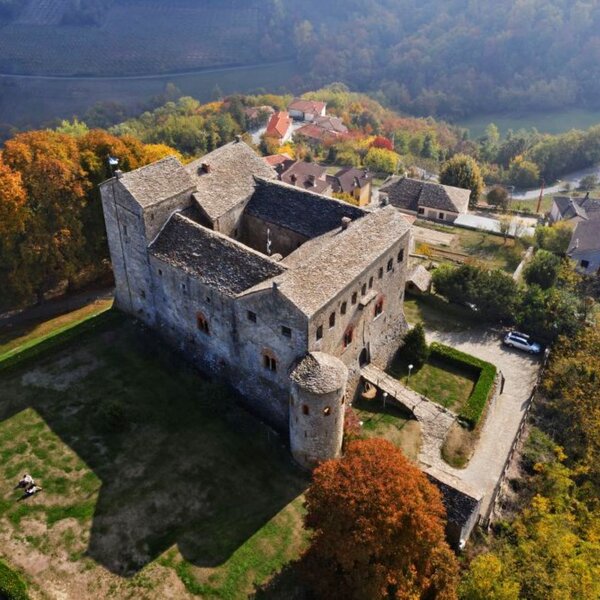
Alta Langa of the Bormida
Find out more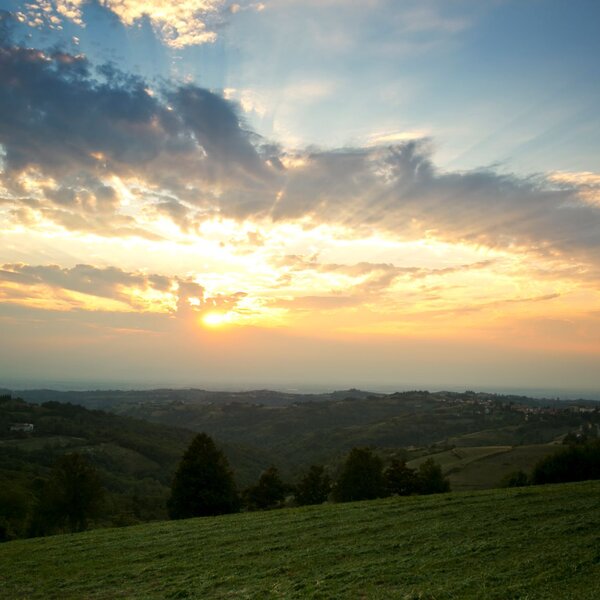
Alta Langa of the Tanaro
Find out moreThe route climbs up to the left ridge and then descends to San Benedetto Belbo, a true pivotal point of the Benedictine settlement in the Langa and the only valley village on the itinerary. This is the Fenoglio village par excellence, place of the soul for all Fenoglio's lovers. The climb towards the Bossola Pass (wooded junction between it. Langa of Dolcetto and it. The Alta Langa of Tanaro) will allow you to catch a glimpse of the hidden little church of Piani. With the Langa of Malora before our eyes, we close the loop by returning to Bossolasco.
Find out more
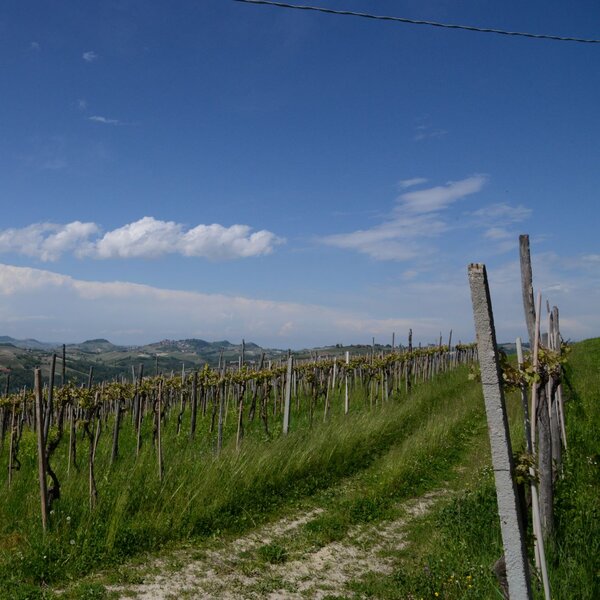
The Langa of Dolcetto
Find out more
